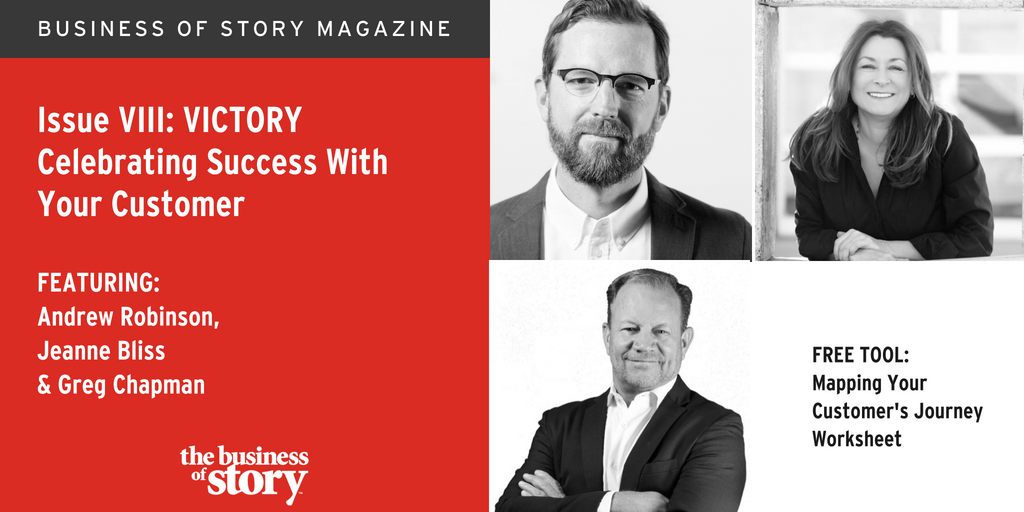What does success look like in your customer journey? That’s a question that can have two sides, and perspectives to it – yours, and the customers.
However, there is common ground, where success looks the same from both perspectives.
If you are delivering on your brand promise at key points in the journey, then these are truly key moments of truth – success points – to be celebrated.
One of the primary reasons we map the journey is to reveal these moments, so we can understand any gap in the customer’s expectations versus our own perception of what we are delivering. But how do we zero in on those moments?
Part of building a brand framework is identifying the…
- Brand “Essence”
- Brand “Purpose”
- Brand “Promise”
- Brand “Personality”
It’s the “Promise” phase where our Differentiated Value Proposition is created. Closely associated with the Differentiated Value Proposition are the coveted “Reasons to Believe” (RTB’s).
Very often, a lot of hard work is done by branding agencies or internal marketers on the brand’s RTB’s. Woefully many organizations don’t really know what to do with them, apart from incorporating them into the messaging strategy, and they end up residing quietly in the presentation deck or the brand book.
Not anymore.
It’s vital that the Reasons to Believe in your brand, product, or service be validated in your customer journey map. If you are giving your customer reasons to believe and delivering against these reasons time and again in the customer lifecycle, then both of you are successful.
The customer is experiencing the relationship with your brand that they expect and want, and you are delivering on your promise and creating a loyal advocate. And these winning moments are causes for celebration.
In 2005 A.G. Lafley and Proctor and Gamble gave us the First and Second Moments of Truth. In 2011, Jim Lecinski and Google gave us the Zero Moment of Truth. We spend a lot of time mining our customer lifecycle and journey map looking for these moments of truth.
While not the same as Reason’s to Believe, I believe that Moments of Truth are closely related. In each case, you have seconds to meet the customer’s expectations. While in the Moments of Truth the customer is almost instantaneously forming an impression or changing a previous impression, in the Reasons to Believe moments the customer is deciding in seconds on whether you’ve delivered on one or more of your brand promises.
How do you identify these key RTB moments in the customer lifecycle?
I’m going to assume that you’ve built a robust Customer Journey Map based on many immersive customer sessions. In that journey map, you’ve identified lifecycle phases, and within these lifecycle phases, you’ve identified key moments based on your customer’s expectations of the experience.
By phase, what are the 1 or 2 key trials, touchpoint’s, or transactions that underpin value in your business? These are truly the key moments where you are being measured against your promise, and you must win the customer’s loyalty at each.
You now begin the process of the stakeholder journey, and in this process, you are (among many other things…) looking for the gaps in your perception of the experience delivery versus what the customer encountered. And here is where your own moments of truth occur. Take your list of key moments by phase, and ask the stakeholder, “Why should the customer believe us?” I’ve had some interesting outcomes to these conversations with stakeholders, and they can be watershed moments.

There are many ways to dive into key transactional moments across many industries, but let’s take an over simplistic example. Let’s say that the customer relies on response time from your company as a key service expectation in a critical transaction point. Let’s assume that you have an internal response time SLA of 24 hours and that this SLA is built into your employee performance standards. You may perceive this as a reason to believe, “We hold our employees accountable for responding within 24 hours”, and it is based on management’s perception of the customer’s expectation. But your journey map research revealed that your customers expect “same day” response – this could be 12 hours or could be 15 hours, but it’s something less than 24 hours.
This way oversimplifies a much more complex RTB validation, but let’s look at one more example. Let’s say that as a part of your product or program, you offer a proprietary service or technology that addresses a customer need – a pre-evaluation or a tech service that you developed internally, and market it as a part of your differentiated value proposition and a reason to believe. Let’s agree that it is a linchpin of your service offering. We’ll take this point and really mine it deeply in a customer journey map session only to learn that your customers are using alternate solutions that, while not part of your brand or offering, help the customer faster, or better.
Maybe you are not losing the customer, but they are stepping away from your process to utilize a “better” tool to gain additional help or knowledge and then coming back and consummating the transaction. Your RTB’s, and ultimately your value proposition has been weakened by this.
I’ve experienced both examples in journey mapping and brand positioning work with clients. A common practice of mine is to provide internal stakeholders with the 6-8-10 key customer expectations from the journey, and then ask them to come back with the answer to a very simple question, “what are the reasons we give a customer to believe that we will 100% solve this for them in the experience with the brand?” Often, the answers I receive back are, “we have an internal policy”, or “we have this process”, yet the stakeholder is not 100% certain that the solutions give the customer grounds for true belief, and ultimately loyalty and advocacy.
However, some brands do. And these points are true successes in the customer journey and causes for celebration!
Learn more about designing a winning customer experience in the eighth issue of the Business of Story online magazine.

Listen to Greg Chapman on episode How to Combine the Science of Data with the Art of Storytelling to Create Meaningful Customer Experiences







